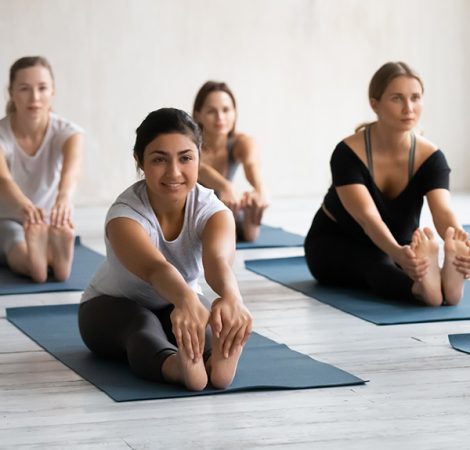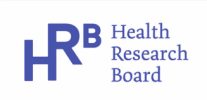Case Study
Home > Case Studies > Girls Active Project

PPI Ignite network
Girls Active Project
The aim of the Girls Active Project (GAP) was to co-design a school-based intervention to increase adolescent females’ Moderate to Vigorous Physical Activity (MVPA) levels.
In Ireland, 93% of adolescent females (vs 86% males) do not reach recommended physical activity (PA) guidelines for health (CSPPA 2018). Research findings suggest that PA participation in adolescents is consistently lower among lower socio-economic status groups (Inchley et al., 2020). Physical activity interventions which are underpinned by theory, school-based, girls only and multi-component in design are more likely to be effective (Owen et al, 2017). Public and Patient Involvement (PPI) in research can contribute to a comprehensive approach to intervention development, thus supporting its long-term sustainability and effectiveness (INVLOVE, 2012).
The GAP project ran from October 2018 to December 2021.
One all-female (aged 12-18), socio-economically disadvantaged post-primary school in Dublin, Ireland.
A school Youth Advisory Group (YAG) and a GAP Steering Committee and a were established.
The Youth Advisory Group (YAG) consisted of eight Transition Year (TY) students. They were recruited via posters in the school and encouraged to join by the PE teacher. Due to Covid-19, we’ve had two YAGs. The 2019/2020 TYs transitioned into 5th year, hence we had to form a new YAG for 2020/2021.
Steering Committee members consisted of teachers and the Principal. All teachers, school staff and parents from the parent council were invited to join the committee.
Both YAGs had many active roles in the GAP. They trialed the data collection tools and provided feedback. They also helped with data collection. There were over 300 students and we had 30 electronic tablets.
After I analysed the data from our first study, the YAG played an active role in designing the intervention. We had five workshops, wherein we discussed the results from our first study, the different study designs, research methods, data collection tools and what interventions would work best to get the girls more active. The YAG designed posters and played a very active role in informing their fellow students, teachers and parents via social media and newsletters about the GAP.
The Steering Committee consisted of eight adults. They also played an active role in the GAP. They provided their input to the barriers and facilitators in getting the girls more active at school. The steering committee were always kept up to date on the project, and once the intervention was designed, we reported back to them for consultation and feedback.
We plan to evaluate PPI after the intervention trial. It will be via quantitative questionnaires or focus group discussions (depending on Covid-19 guidelines).
We will collect data on: the main reason(s) for joining the GAP YAG/Steering Committee, how well they thought they worked together as a group (scale 1-5), what they enjoyed and/or did not enjoy, and any further comments they’d like to share.
Reflecting on things that went well:
- Stakeholder buy-in certainly helped with our PPI experience. We have been fortunate to have a school that are committed and enthusiastic about the GAP. They have been extremely accommodating, even in current circumstances and are very supportive. Communication is key in this relationship and our willingness to adapt the project to suit their needs.
- I think purposefully creating an environment and atmosphere for the YAG to feel comfortable and confident was essential to our PPI success. Perhaps it helped that I could relate to them (also being a female whom attended an all-female school from a disadvantaged area). Nonetheless, I aimed to build a trusting relationship, learned all their names and requested that they called me by my first name. In addition, I allowed them to play their favourite music during our workshops and created many opportunities for them to have their voices heard. I really wanted them to enjoy this experience, and to know that they were playing a key role in potentially creating a more active school (for years to come).
Reflecting on things that did not go so well:
- Pre-Covid-19, it was often difficult to find a time to meet that suited all of the teachers & principal (so we squeezed our meetings into lunch breaks).
- Covid-19 put a stop to having any face-to-face steering committee meetings on school grounds.
The GAP team:
Public:
Youth Advisory Group
Steering Committee
Researcher:
Sara McQuinn, DCU
Maryrose Sweeeny, DCU Researcher
Sarahjane Belton, DCU Researcher
Anthony Staines, DCU Researcher
Contacts
Name: Sara McQuinn (PhD scholar)
Research Funder(s)
